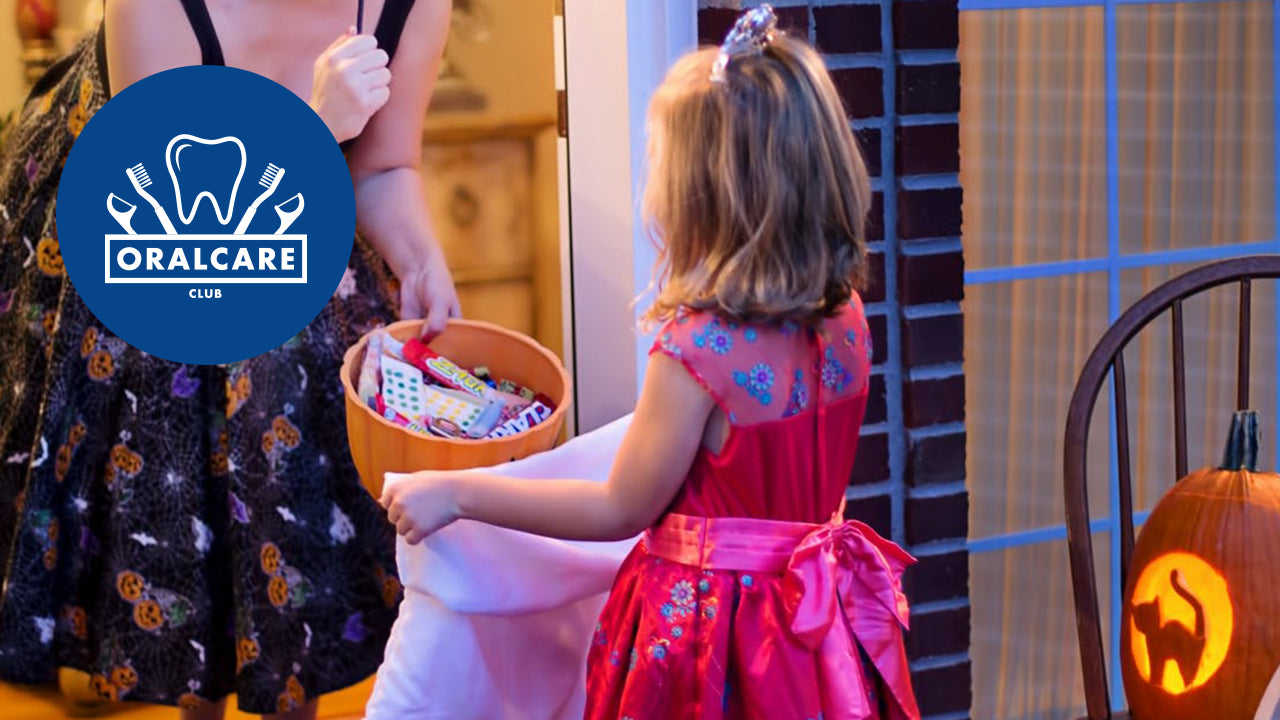The Responsibility of the Dental Community in Curbing America's Opioid Abuse Epidemic
If you’ve ever had a wisdom tooth extracted, you know how painful the recovery process can be. In fact, it’s common to experience discomfort and inflammation after any type of oral surgery.
That’s why many dentists prescribe opioids like Vicodin or Percocet after these procedures. They don’t want you to be uncomfortable, so they prescribe opioids to ease your pain.
Although their intentions are good, dentists and other healthcare professionals are unwittingly contributing to the problem of opioid abuse. How does opioid addiction begin? How serious is it? And what can the dental community do to help stop the problem?
Read on for more information about America’s opioid abuse epidemic.
How Does Opioid Addiction Begin?
For some people, opioid addiction begins innocently. They may go in for a common procedure, such as tooth extraction. They receive a bottle of painkillers to take home with them. They like the way the pills make them feel, so they keep taking them – even when they’re no longer in pain.
For others, their problem begins by using opioids recreationally. Perhaps someone brings pain pills to school, work, or a social gathering. The pills are advertised as a “cheap high” or “harmless fun,” when in reality they’re anything but.
Still others receive opioid prescriptions for legitimate medical reasons. Maybe they’re recovering from major surgery or they’re diagnosed with a chronic illness. Some in this situation become enslaved to opioids because it’s the only thing that dulls their pain.
How Serious Is Opioid Addiction?
No matter how it begins, one thing is for certain. Opioid addiction is nothing to take lightly.
Consider a few statistics:
- In the last 15 years, over 165,000 people in the US have died as a result of an opioid overdose.
- Teenagers exposed to opioids have a 33% greater chance of abusing painkillers later in life, even with a legitimate prescription.
- More than 3.5 million people (mostly young adults) have their wisdom teeth removed each year.
Do you see the danger in these numbers? If each of these young persons is given a prescription for 30 painkillers, that’s over 100 million pain pills going out into the world.
Whether they use the pills themselves or share them with friends, huge amounts of young people are being exposed to these dangerous drugs.
Sadly, what starts as “harmless fun” can eventually destroy someone’s health – or even their life.
How Can the Dental Community Help?
Of course, no doctor or dentist prescribes painkillers with the intent of getting his patient “hooked.”
Still, medical and dental professionals can’t ignore numbers like these. No matter how sincere their intentions, they need to acknowledge their role in the opioid epidemic and take steps to reverse the trend.
What are some practical steps dentists (and patients) can take to avoid the trap of opioid abuse?
Dentists can start by reassessing their current prescribing habits. A study from the American Dental Association estimates that dentists are responsible for 12% of the nation’s opioid prescriptions. One in four of these pills will eventually be used for non-medical purposes.
Rather than automatically prescribing painkillers for common procedures, dentists should encourage patients to use over-the-counter NSAIDs instead.
Do over-the-counter painkillers like Motrin, Aleve, and Advil work as well as opioids? Yes. Because they target and reduce inflammation, NSAIDs often work better than narcotics at relieving oral pain.
Best of all, NSAIDs are non-habit-forming and non-addictive.
Dentists should also stay up-to-date with state and federal laws regarding opioid prescriptions since many are being updated and revised.
Patients can protect themselves from addiction risk by using NSAIDs or other non-opioid painkillers. And people of all ages need to know that pain pills should never be viewed as “harmless fun.”
With increased awareness and smarter prescribing habits in the medical community, we can take steps towards beating America’s opioid epidemic.
Click the video below to hear a dentist’s perspective on opioid use and what alternatives are available.



